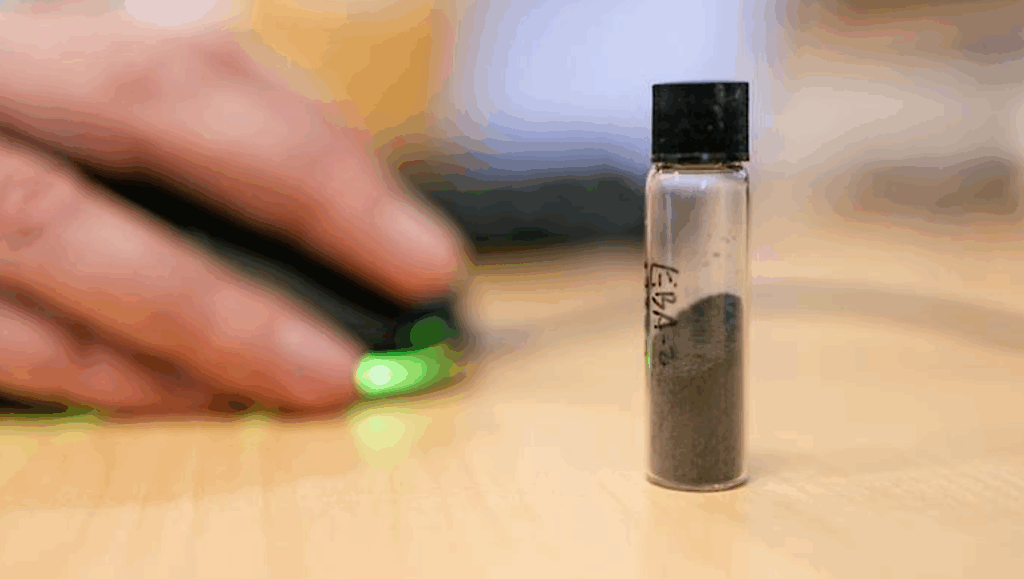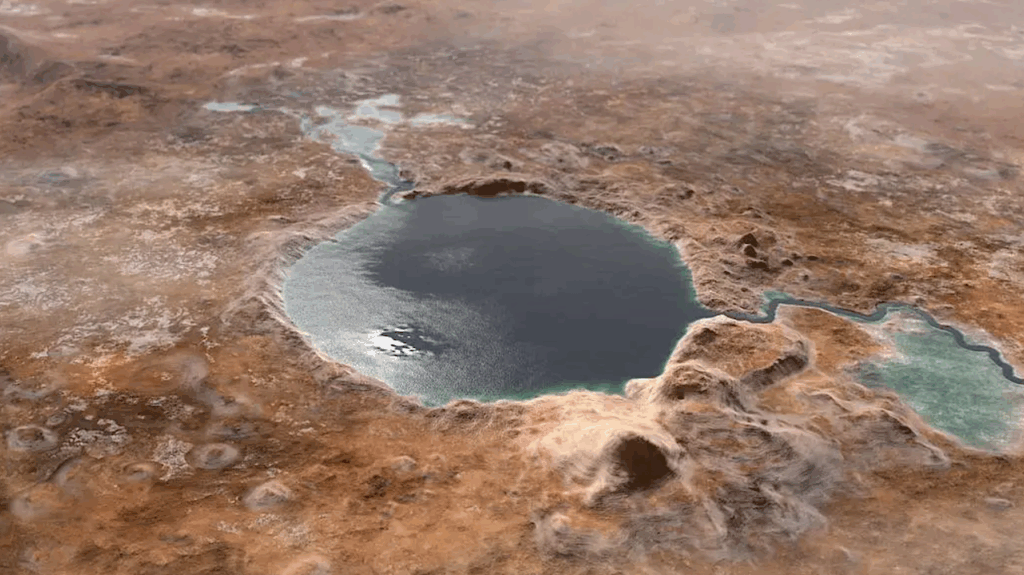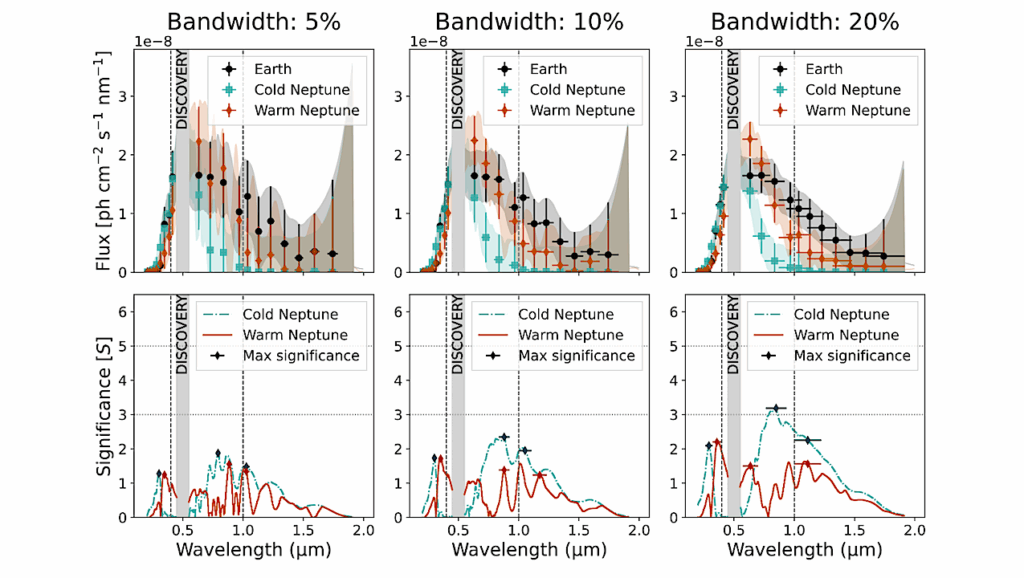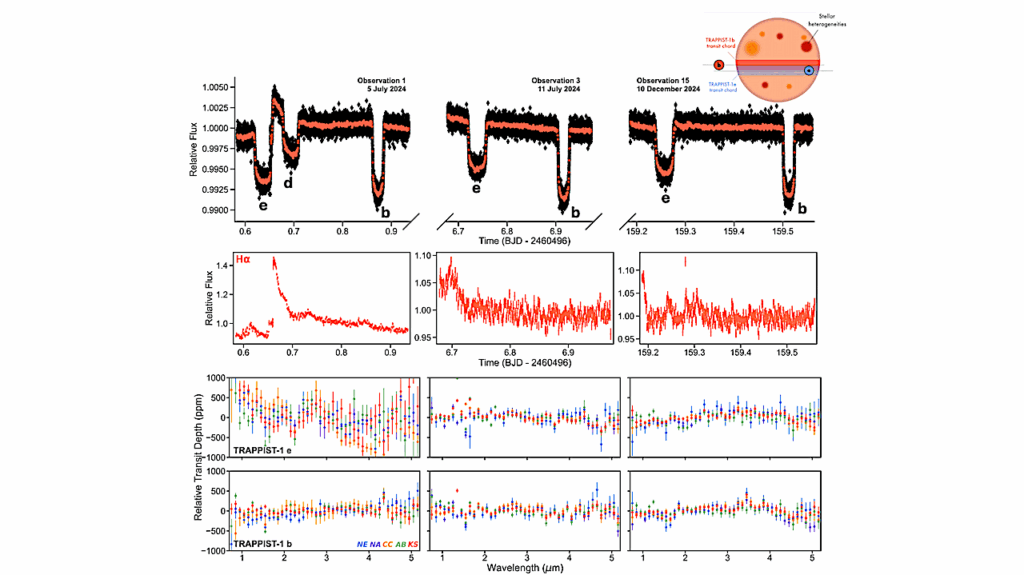Evolution of the Earth's Polar Outflow From Mid-Archean to Present

The development of habitable conditions on Earth is tightly connected to the evolution of its atmosphere which is strongly influenced by atmospheric escape.
We investigate the evolution of the polar ion outflow from the open field line bundle which is the dominant escape mechanism for the modern Earth. We perform Direct Simulation Monte Carlo (DSMC) simulations and estimate the upper limits on escape rates from the Earth’s open field line bundle starting from three gigayears ago (Ga) to present assuming the present-day composition of the atmosphere. We perform two additional simulations with lower mixing ratios of oxygen of 1% and 15% to account for the conditions shortly after the Great Oxydation Event (GOE).
We estimate the maximum loss rates due to polar outflow three gigayears ago of 3.3×1027 s−1 and 2.4×1027 s−1 for oxygen and nitrogen, respectively. The total integrated mass loss equals to 39% and 10% of the modern atmosphere’s mass, for oxygen and nitrogen, respectively. According to our results, the main factors that governed the polar outflow in the considered time period are the evolution of the XUV radiation of the Sun and the atmosphere’s composition. The evolution of the Earth’s magnetic field plays a less important role. We conclude that although the atmosphere with the present-day composition can survive the escape due to polar outflow, a higher level of CO2 between 3.0 and 2.0~Ga is likely necessary to reduce the escape.
K.G. Kislyakova, C.P. Johnstone, M. Scherf, M. Holmström, I.I. Alexeev, H. Lammer, M.L. Khodachenko, M. Güdel
Comments: 14 pages, 6 figures, published by JGR Space Physics
Subjects: Earth and Planetary Astrophysics (astro-ph.EP)
Journal reference: Journal of Geophysical Research: Space Physics, 125, e2020JA027837
DOI: 10.1029/2020JA027837
Cite as: arXiv:2008.10337 [astro-ph.EP] (or arXiv:2008.10337v1 [astro-ph.EP] for this version)
Submission history
From: Kristina Kislyakova
[v1] Mon, 24 Aug 2020 11:50:55 UTC (1,138 KB)
https://arxiv.org/abs/2008.10337
Astrobiology








